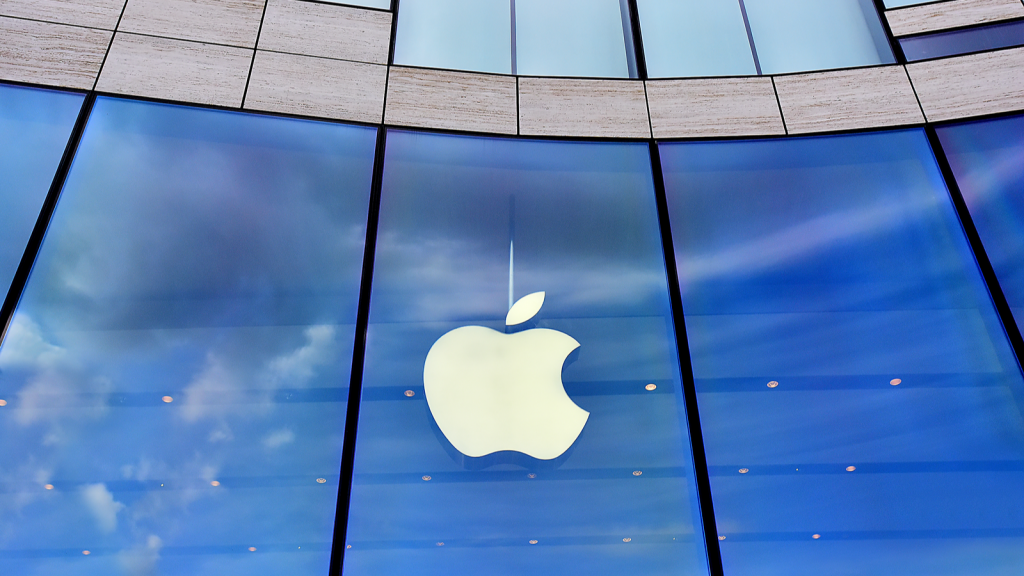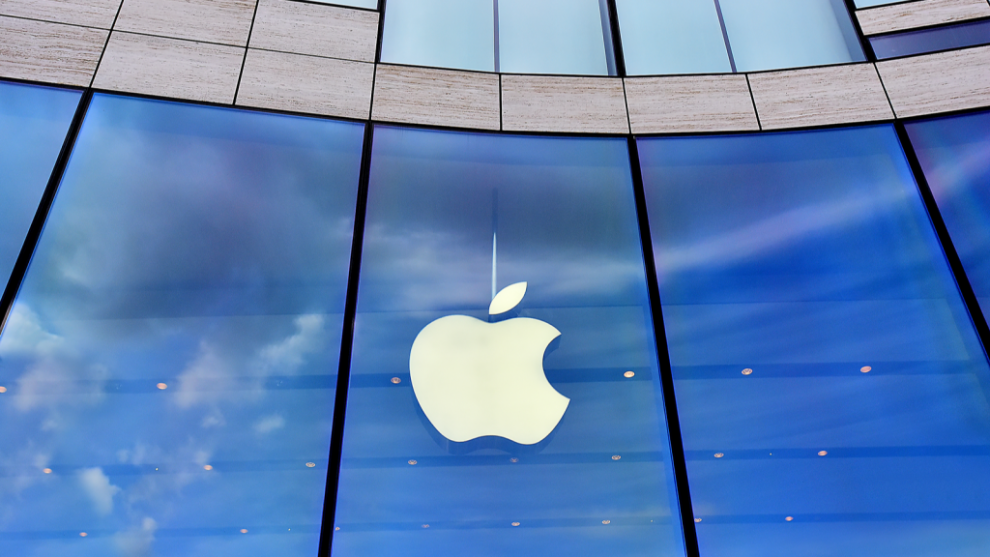
A lot of analysts have been discussing the potential of Apple’s (NASDAQ:AAPL) stock from the lens of the company’s slowly declining innovative edge. After all, 2023 marked the first year that Apple’s sales for devices like the Mac and iPad dipped substantially from the year prior. Whether it was a lack of innovation or declining customer excitement about its products, Apple stock struggled at the beginning of this year due to those declining sales.
Now, looking ahead to the company’s potential till the end of the year, its most recent earnings report has reinspired confidence as all of its key metrics such as revenue growth and income are in the green. Moreover, the coming launch of the iPhone 16 will come with native AI support in the form of both ChatGPT and Apple’s new approach to AI known as Apple Intelligence.
The question is, however, will these upcoming events begin a new era of growth for Apple or will they be much of the same cyclical pattern that we’ve seen surrounding Apple product launches?
What’s The Point of New Products?
For much of its history, Apple saw the most long-term growth based on releasing new device types. It started with computers, then worked its way to personal music devices, like the iPod, which eventually led to the development of the iPhone, which enabled the miniaturization of electronics to reach the point where the Apple Watch was a viable product.
Each of these new products has its purpose and method for improving customers’ lives. With the iPod, you could take thousands of songs with you wherever you went in a very portable and easy-to-use device. With the iPad, you have a touchscreen handheld computer that’s focused on extreme portability and aesthetic dimensions yet looking at Apple’s most recent new product, the Vision Pro we start to understand that Apple’s product development isn’t what it once used to be.
After all, there’s no question that the engineers, at Apple understand the importance of keeping devices affordable as the average consumer finds themselves more and more burdened by other financial responsibilities than being able to indulge in a $3500 headset. As a result, Vision Pro is neither a driver of revenue and sales nor of Apple stock growth, despite being a brand new addition to the Apple ecosystem.
Is Apple Becoming A Service Company?
Recently, the company announced its new Apple One service, which allows users to bundle several different subscriptions, like Apple Music, Apple TV+, fitness, and news into one single subscription. This movement sent at what Apple expects to be its future revenue driver as it’s unlikely it has plans to iterate on further designs in a way that would be able to revolutionize the industry like it did in the past.
Rather these days, Apple focuses on maximizing revenue from the ecosystem that it has carefully coerced many of its customers into. As a result, the company can now deliver on shareholder expectations through different means of revenue generation.
That’s with the transition to a service-based business model Apple might be able to stay on top a little bit longer simply due to this year’s size of its customer base.
Is Apple Stock a Buy in 2024?
With this transition and the general lack of excitement around its product launches, buying Apple stock in 2024 is more of investing in a long-term stable blue chip stock. That stands in contrast to the high-flying growth stock Apple was for much of the 21st century.
As such, investors interested in the stock should keep in mind that the returns seen over the last 20 years are not likely to occur again. Furthermore, Apple has already made the impact it can on the tech industry and will now focus on increasing the profitability of its ecosystem. It intends to do this while offering enough slightly novel iterations of devices year over year to keep customers interested.
Thus, investors should only buy Apple stock if they understand that the average returns year-over-year that they’ll be getting from the company will be more in line with the tech stock average than the exception.
On the date of publication, the responsible editor did not have (either directly or indirectly) any positions in the securities mentioned in this article.
On the date of publication, Viktor Zarev did not have (either directly or indirectly) any positions in the securities mentioned in this article. The opinions expressed in this article are those of the writer, subject to the InvestorPlace.com Publishing Guidelines.





